KARL GUNNAR HOLMQVIST
Animation Artist
HOME WORK ARTIST STATEMENT TEACHING ODDS&ENDS
Pre-History of animation can be dated back to the days of cave paintings. A desire to describe the motion as well as colors and shapes.
Through out history artists have tried to invoke time and movement in art. Comic strips from now and then tries to describe action through various means.

The Taumatrope was a simple invention in the early part of the 19th century. It is just a piece of cardboard with two strings attached to it to make it spin. Due to the latency of the eye the impression of the two sides was merging.
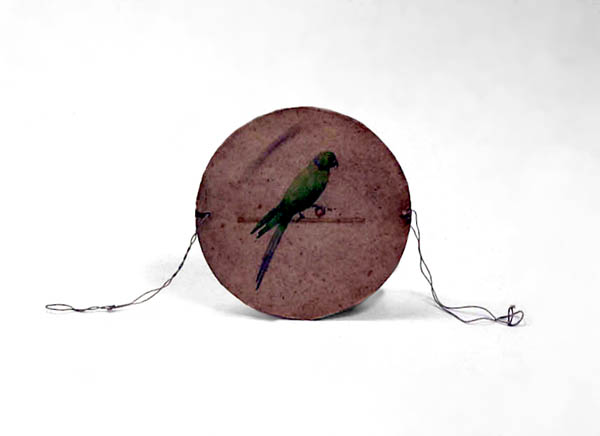
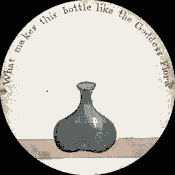
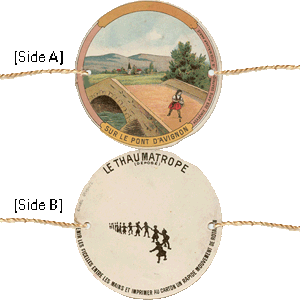
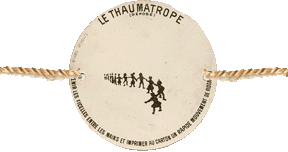
The Phenakistosscope was invented around 1830. The improvement was more images. It was placed in front of a mirror and you watched the reflection through the slits. Since there was no photographs available for this purpose, animation was used. So you can actually say that animation was way ahead of film in depicting movement.
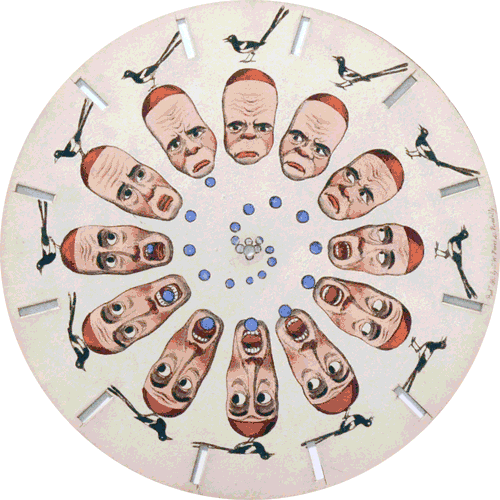
The Zeotrope from around 1866 is a variation of the Phenakistosscope. The improvement was that you didn't need a mirror to se the "film".
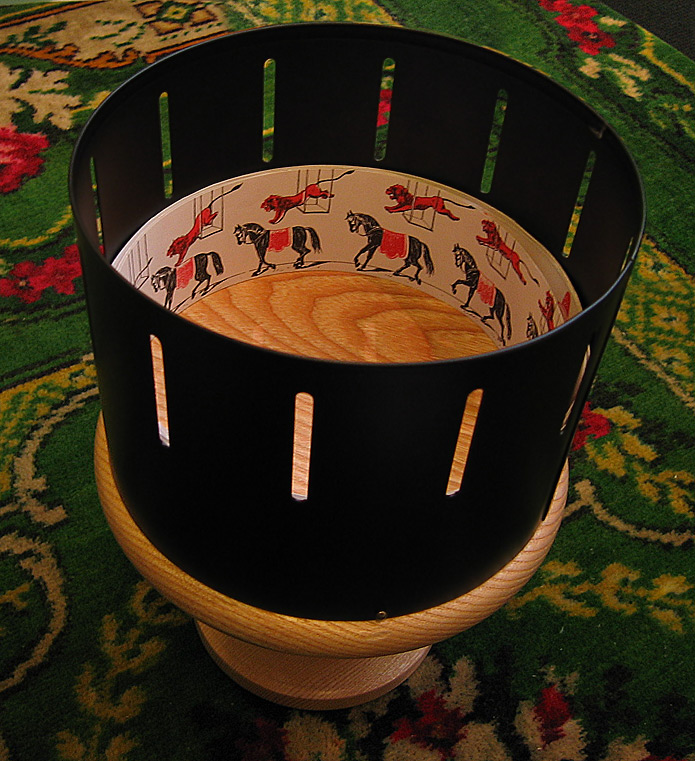
Both were, however, limited to the 12-13 drawings that were constructed as a cycle. This is probably where the concept of "animation cycles" derives from. Like a walk cycle - that can be repeated infinitely.
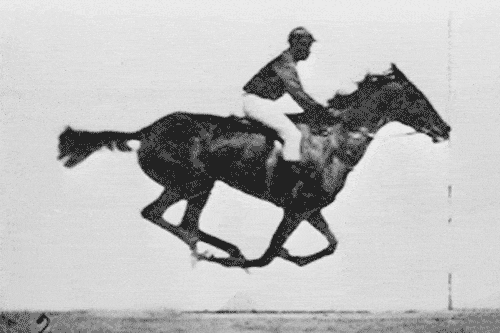
Photography in the second half of the 19th century made it possible to make early kinds of real life moving images.
Most notable is Eadweard Muybridge's many 12-20 images long series of movement, shot by the same amount of cameras. Viewed in a Zoetrope or Phenakistoskope you could see them moving.
This is a Phenakistoskope plate made from Muybridge photographs. Please notice that the animator equipped the man with a tail coat.
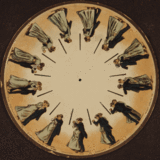
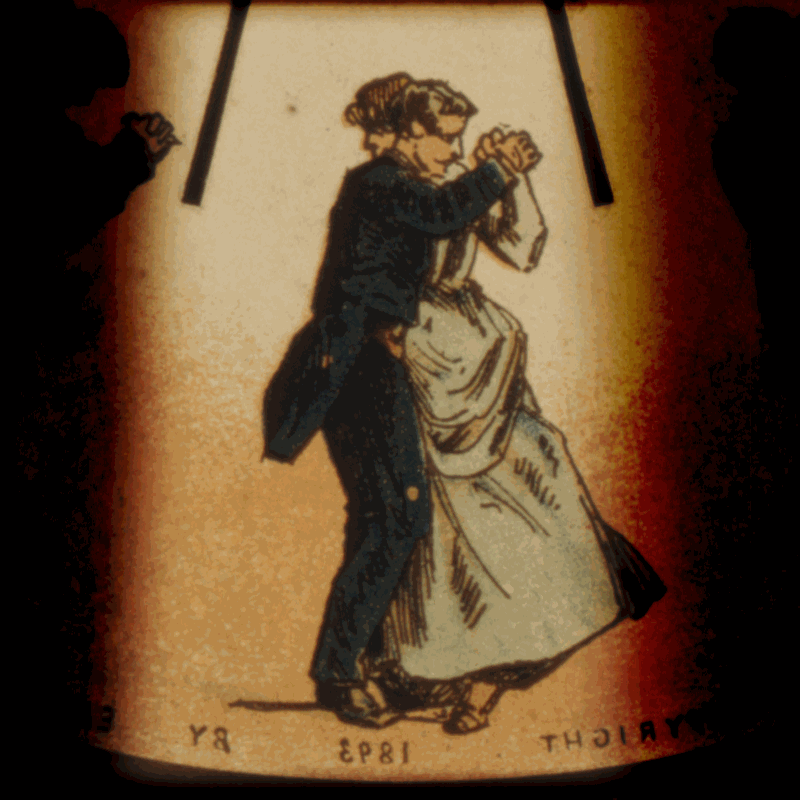

But it was not until actual 35mm film was invented around 1895 that telling stories with moving images could begin. One of the first to discover the visual possibilities where Georges Melies. As a magician with his own theatre he started making films that used stopping the camera, superimposition, perspective distortion, editing etc.
Now, the first animated film is widely considered to be James Blackton's "Humorous Phases of Funny Faces" from 1906. It is the first stop motion film created both on a chalkboard and with cut-out animation.
Blackton and some partners formed Vitagraph Company where he also experimented with object animation in "The Haunted Hotel" and "The Magic Fountain Pen".
Emile Cohl, another pioneer, made a similar film the year after called Phantasmagorie.He was in his fifties when he started working with animation and tried different methods. Here is "The Automatic Moving Company"
The principles of this - 35mm film, stop motion were to be used for almost 100 years....